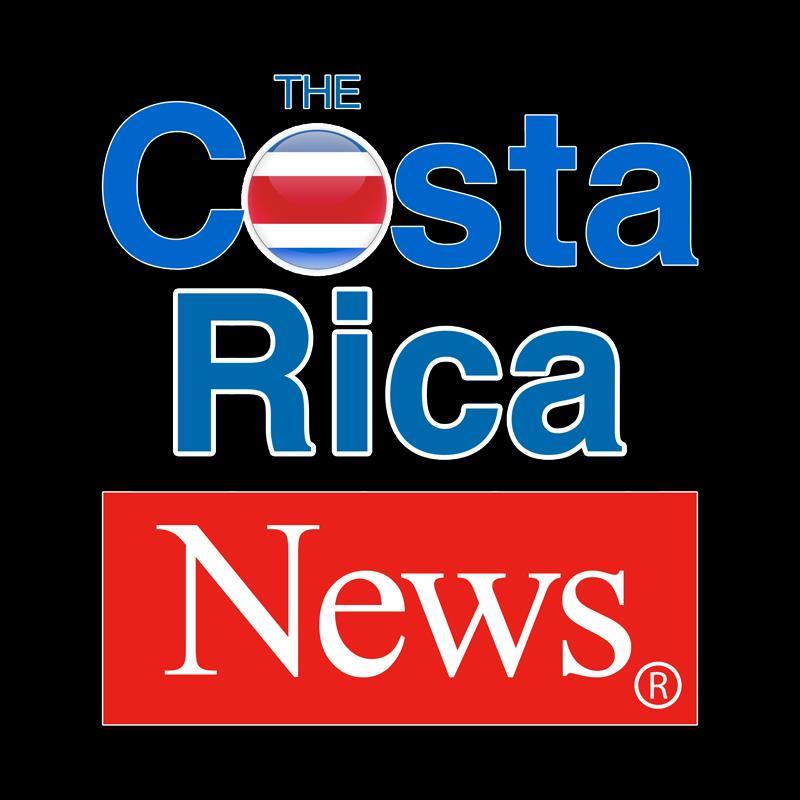(MENAFN- Costa Rica News)
This area is where“Luna and Sol” live, sloths that are monitored under our scientific research initiative 'Urban Sloth Project', which precisely studies the impact of urbanization and habitat loss on sloth behavior .
TIP: Get our latest content by joining our newsletter . Don't miss out on news that matter in Costa Rica. Click here .
On December 18th, 2021, the South Caribbean community awoke with great concern about the intensification of work in this area, now with“bobcat” -type machinery that was leveling the ground and filling it with ballast. Citizens on alert
An important group of residents, with indignation, began to denounce these works to the authorities, specifically to the Police Force and SINAC. Hours later, SINAC responded, went to the site and managed to stop all the tasks that were carried out there when they found obvious irregularities.
Another of the excuses of the people who were deforesting was that they were trying to“recover the path” that goes from Cocles to Salsa Brava.A formal record was drawn up and transferred to the Bribrí Prosecutor's Office for alleged violations of various environmental and land-use legislation in Costa Rica.
These actions caused a serious environmental impact in the area, which is a Natural Heritage of the State and part of the public area of the Maritime-Terrestrial Zone of the South Caribbean.
In the ground here there are various species of plants and animals such as black-green frogs and Blue Morpho butterflies. And also, much activity of sloths of both species in that area.The sloths were very active and lost, some crossing the public street, others simply walking on the ground, even sloths carrying their young. A great concern
We see this with , since the progress of certain construction works in the South Caribbean is rapidly eliminating the coastal and inland ecosystems of the canton, which are also the main reason why visitors from all over the world come to Puerto Viejo and its surroundings.
Destroying the natural heritage is not only a great blow to the flora, fauna, culture and the community, but also a shot in the foot to the tourism industry that has great economic relevance in the area and depends precisely on the natural resource.
Unfortunately, the lack of intelligent planning and environmental awareness results in excessive systemic pressure on species of flora and fauna that are not at fault and that pay the highest consequences for human intervention.
We understand that in some cases certain types of public works may be necessary; However, all these must be carried out in strict adherence to the law, having carried out the corresponding environmental impact studies and above all with an enormous ecosystem awareness .
Get TCRN In Your Inbox Subscribe to the TCRN Newsletter & Stay Up-To-Date With What's Happening Around You. Sign Up
Enter your email address below to subscribe
You may unsubscribe at any time. View our Privacy Policy .

LIKE THIS ARTICLE? Sign up to our newsletter and we will send you updates of our latest content as soon as they are available. Click here .SourceFrancisco Rodriguez ViaBeleida Delgado
- Tags
- Caribbean
- costa rica
- costa rica news
- Daily News
- Maritime
- news
- news costa rica
ShareFacebook Twitter WhatsApp Linkedin Email Previous articleCosta Rica's Food Industry Demonstrates Resilience and Supply Capacity Next articleCosta Rica Will Close the Year With 1,3 Million Tourist Arrivals - Advertisement -LEAVE A REPLY Cancel reply
MENAFN01012022000216011060ID1103471552
Legal Disclaimer:
MENAFN provides the information “as is” without warranty of any kind. We do not accept any responsibility or liability for the accuracy, content, images, videos, licenses, completeness, legality, or reliability of the information contained in this article. If you have any complaints or copyright issues related to this article, kindly contact the provider above.